On March 03, 1592 in Celtic History
A charter incorporates the college of the holy and undivided trinity, near dublin
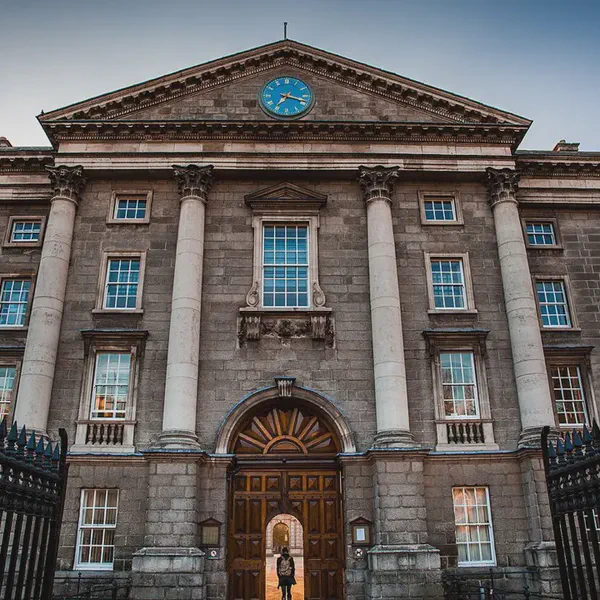
The College of the Holy and Undivided Trinity, near Dublin, more commonly known as Trinity College Dublin (TCD), was incorporated by royal charter under Queen Elizabeth I on March 3, 1592. The charter aimed to establish a university in Dublin to provide education and training for members of the Protestant clergy, as well as to serve as a center for learning in the arts and sciences for the wider community. Trinity College was modeled after the collegiate universities of Oxford and Cambridge, with an organizational structure that included a Provost, Fellows, and Scholars.
The foundation of Trinity College was part of the Tudor government’s policy of establishing a Protestant ascendancy in Ireland, and it was initially intended to be a solely Protestant institution. Over the centuries, however, it has evolved to become a secular university open to students of all religious backgrounds. Today, Trinity College Dublin is recognized as one of the leading universities in Ireland and worldwide, known for its high academic standards, research achievements, and vibrant student life.
Trinity College Dublin’s historic campus is located in the heart of Dublin city and is home to many architecturally significant buildings, including the Old Library, which houses the Book of Kells, one of Ireland’s most important cultural treasures. The university has produced many notable alumni who have made significant contributions in various fields, including literature, politics, science, and the arts.
More From This Day
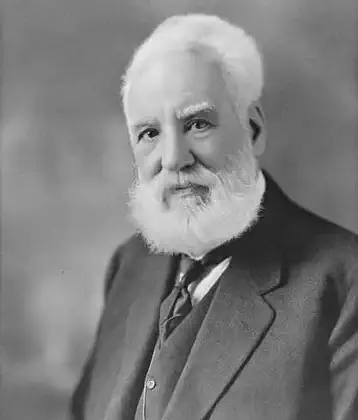
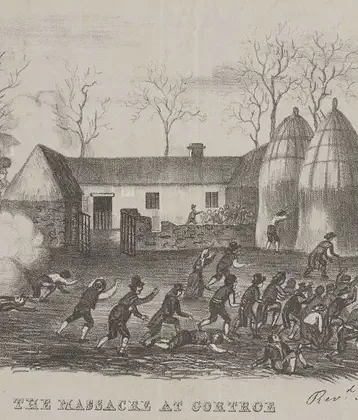
120 police move in to Graiguenamanagh to seize cattle in payment of the tithe
March 03, 1831
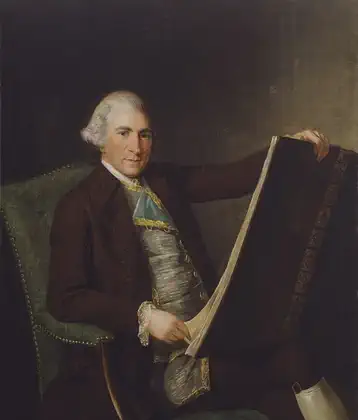
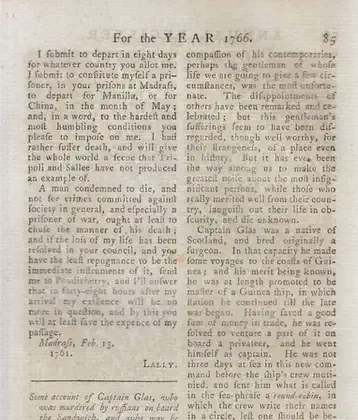
Four pirates are found guilty of murdering on the high seas Captain Cochrane & Glas
March 03, 1766
